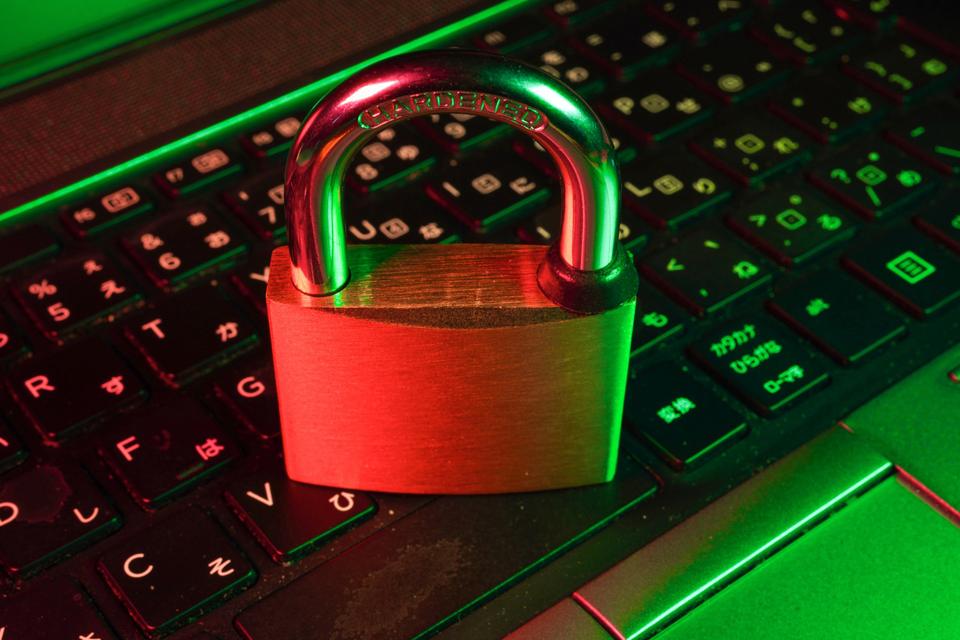Introduction
It’s one of your worst fears as a business owner: The idea that a hacker will target your company and breach its network to access or steal confidential files and information. Technological advancements have made breach protection capabilities more cutting-edge than ever before, but unfortunately that also makes cybercriminals more savvy when it comes to breaking into your corporate network.
Recently, Sophos released a Hindsight Cybersecurity report that reflects on lessons learned by recent breach victims. The best information comes right from the source; here’s what they have to say about what measures could have saved them from a hack this year.
Protections You’ll Wish You Had Ahead of Time
Hindsight is 20/20. It’s only after a breach occurs that you truly know where your biggest vulnerabilities lie, and what traps or tricks the criminal used to penetrate your secured network. However there are ways to predict where your biggest risk factors lie and take preemptive steps to increase your security.
For example, ethical hacking is becoming wider spread for that very reason. Ethical hacking refers to the practice of hiring someone to break into your corporate network, see how deep they can get into it and what havoc might be wrought, and report back to higher-ups about where they need to take additional steps toward their security as a result of what they find. They preemptively investigate where a real cybercriminal would target for a hack, so the company can take measures to secure those at-risk areas before they’re exploited.
What Hackers Found
In many firsthand reports, users found that insufficient password security was at the root of many exploitations. Weak passwords often involve common phrases or easy-to-guess security questions like your mother’s maiden name, your first pet’s name or the street you grew up on. Criminals can commonly find this information on your public profiles and use it to hack into your accounts. Using hard-to-guess passwords with a variety of letters, numbers and symbols are simple steps that make it much more difficult to breach these accounts. Similarly, update your password on the regular so AI bots have a more difficult time guessing it through algorithms.
Multi-factor authentication has also become a massive asset in privacy. Sometimes known as two-factor authentication (when only one secondary form of identification is necessary), this practice requires the user to verify who they are through additional means besides a password. They often require:
- Face ID
- QR code authentication
- Fingerprint scan
- Security questions
and more. MFA not only makes it harder to get into an account, but also alerts the owner when there have been unauthorized attempts. This lets them alert their IT department so they can respond to the problem ASAP.
Limit RDP Access
RDP, also known remote desktop protocol, enables users to connect to a company computer from a different machine, without being physically present in the office. They can use their personal laptop to remotely access the files on their work desktop or use applications on the company machine.
This has many uses from a privacy standpoint if you work from home often and want to keep everything on the secure corporate network. It allows you to remotely access the server without worrying about how to safely transfer files to your home network or bring physical copies home with you. Additionally, personal devices are typically less secure than those provided by corporate, so it’s often unsafe to bring work home with you and use it on an unsecured internet connection.
However RDP is typically easy to access. You just need a username and password, and sometimes not even that much – just the code that connects to the target machine. This makes a feast for cybercriminals, who incorporated RDP in 32% of breaches last year. Avoid RDP-related breaches by keeping it unexposed; rely on VPNs and MFA to verify access to the remote gateway, so as to make sure corporate files stay within the organization.
Conclusion
Prevention lies in education. Train employees how to recognize phishing attempts and other signals of a breach, as well as the correct way to report and handle it. Regularly change your passwords and make sure they are complex, alphanumerically varied and unique to each account so that one breach doesn’t lead to more. It’s also wise to invest in quality tech services that monitor for unusual activity on the system, such as unauthorized users in secure areas or people keeping strange hours. This will let your cybersecurity personnel respond immediately to threats.
Cybercriminal activity is always evolving. Learn from others who are open about their experiences to see what methods threat actors are currently favoring, so that everyone in the organization knows what they most need to watch out for. In 2022, that incudes phishing and ransomware predominately but there are, clearly, myriad other ways that hackers could attempt to break into your system. Password security and proper authorization methods are critical in keeping your business breach-free in 2022.
References



